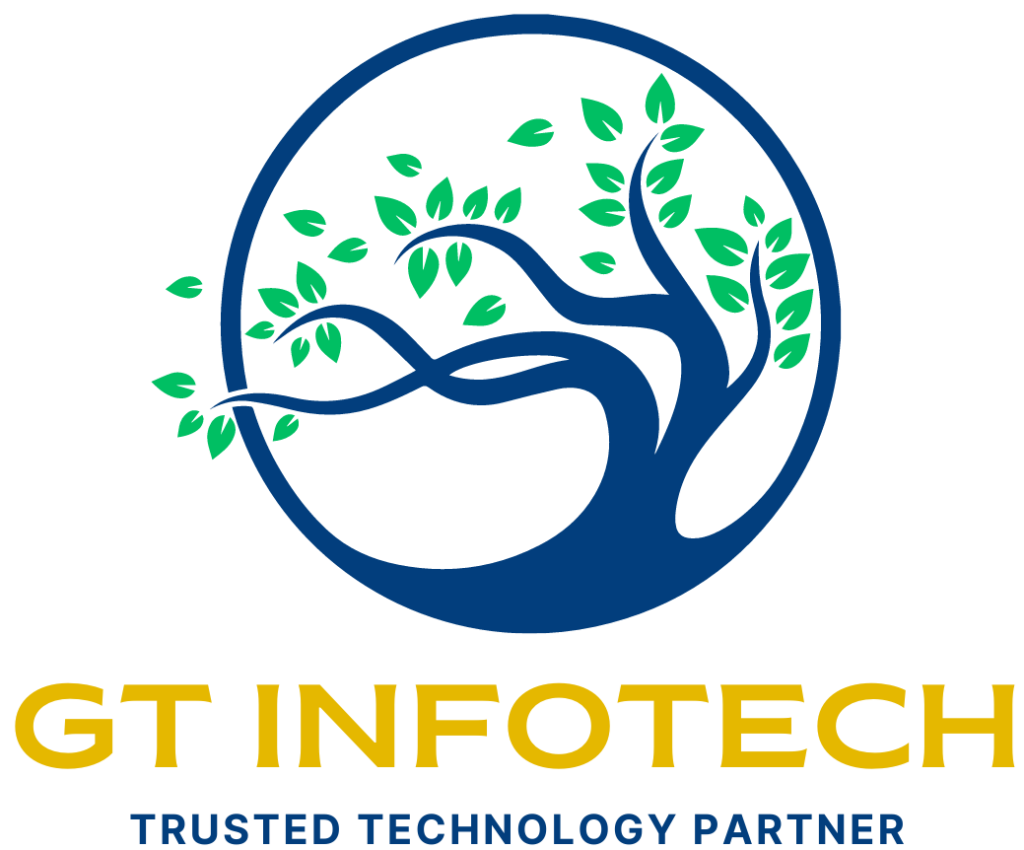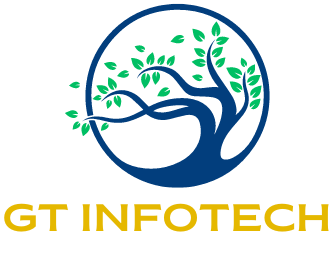
Introduction
In the fast-evolving technology landscape, software testing plays a critical role in reducing production bugs and maintaining high-quality web applications. The market demands rigorous QA due to intense competition and exacting user expectations. Leveraging advanced automation tools like Selenium has become indispensable for organizations striving to minimize errors and ensure seamless digital experiences.
Understanding Production Bugs
What are production bugs?Production bugs are defects that reach live environments, affecting end users and potentially causing significant business and reputational damage. These bugs often result from missed edge cases or insufficient testing coverage in earlier stages.
Common causes of bugs in deployed software:
- Incomplete test cases for rapidly changing features.
- Lack of test data variety and environments mirroring real user conditions.
- Limited automation leads to human oversight.
Market case studies:
High-profile incidents in financial and e-commerce sectors have revealed how minor overlooked bugs can lead to major outages, regulatory fines, and loss of consumer trust in the market.Key Software Testing Strategies
Adopting proven software testing strategies is essential for minimizing production bugs:
| Approach / Practice | Description | Benefit for Market |
| Shift-left & Shift-right Testing | Early (shift-left) testing finds defects at the start of development; continuous (shift-right) testing identifies issues post-deployment. | Reduces post-release bug fixes; improves software reliability. |
| Building Comprehensive Test Plans | Create test cases addressing compliance, accessibility, and localization requirements specific to the market. | Ensures adherence to regulations, inclusivity, and market relevance. |
| Balancing Manual & Automated Testing | Manual testing for exploratory/usability QA; automated testing (e.g., Selenium) for regression coverage and faster feedback. | Improves quality and speed, optimizing QA resources. |
Utilizing Selenium for Automated Testing
Selenium has become a go-to tool for software test automation in the market due to its flexibility, open-source nature, and support for multiple browsers.
Topic | Description | Market Benefit |
Introduction to Selenium | Businesses leverage Selenium for robust web application testing, scalable infrastructure integration, and support from a vibrant developer community. | Reliable, scalable testing aligned with industry standards. |
Setting up Selenium for Web Application Testing | Use Selenium WebDriver to replicate real US user workflows across diverse devices and browsers. | Ensures accurate simulation of consumer experiences. |
Example | Automate user login and purchase flows for e-commerce sites to detect conversion-critical bugs instantly. | Prevents revenue loss by catching key transaction issues early. |
CI/CD Integration | Embed Selenium test suites into CI/CD pipelines to identify and resolve bugs before reaching consumers. | Speeds delivery while maintaining high quality. |
Best Practices in Software Testing
Topic | Description | Market Benefit |
Creating Repeatable and Reliable Test Scripts | Design modular Selenium test cases for easy maintenance and reusability, enabling quick adaptation to market changes. | Allows rapid response to evolving US consumer demands. |
Data-Driven and Cross-Browser Testing | Use US-specific test data and validate user journeys across Chrome, Firefox, and Safari to reflect real-world usage. | Improves accuracy of testing for diverse US user environments. |
Leveraging US Market Trends | Ensure ADA accessibility compliance, support localization for US English, Spanish, and other common languages, and test performance during high-traffic events like Black Friday. | Enhances inclusivity, compliance, and reliability during peak US shopping periods. |
Preventing Bugs with Proactive QA
Topic | Description | Market Benefit |
Continuous Integration and Continuous Deployment (CI/CD) | Companies integrate Selenium tests into CI/CD pipelines to detect defects early and release updates with minimal downtime. | Improves software reliability and accelerates delivery to consumers. |
Monitoring, Logging, and Post-Deployment Testing | Continuous production monitoring with automated smoke tests to quickly detect and fix live issues. | Minimize disruption for US users and ensure consistent service quality. |
Collaborating Between Developers and Testers | Close collaboration between development and QA teams to shorten feedback loops and prevent defects from going live. | Enhance product quality and user satisfaction in the market. |
Major enterprises, from fintech to e-retail, have slashed production bugs by adopting Selenium-based automated regression testing frameworks. Teams report measurable benefits, including soaring release velocity, happier customers, and reduced hotfixes disrupting operations.
Conclusion
Adopting a blend of manual and automated software testing—with proactive QA practices and a focus on the market’s standards—dramatically reduces production bugs. Organizations adopting Selenium within modern CI/CD pipelines achieve higher software quality, market trust, and business impact. Ready to elevate your software product? Invest in advanced testing practices, leveraging robust tools like Selenium, and stay ahead in the competitive software market!
Frequently Asked Questions (FAQs)
What is Selenium in software testing?
Selenium is an open-source automation tool used to test web applications across different browsers and platforms.
Can Selenium test mobile applications?
Is Selenium free to use?
Which programming languages does Selenium support?
What is the difference between Selenium IDE, WebDriver, and Grid?
Can Selenium integrate with CI/CD tools?
Is manual testing still needed if I use Selenium?
Yes, manual testing is important for exploratory, usability, and ad-hoc testing where human judgment is needed.
What is shift-left testing?
How does automated testing reduce production bugs?
Automated testing ensures consistent, repeatable test coverage, quickly catching defects before they reach end users.
Is Selenium suitable for large enterprise projects?
GT INFOTECH
Trusted Technology Partner
Our development teams excel in designing and delivering high – quality Power BI reports.They are also proficient in Power BI Embedded Solutions.
Recent Posts
Recent Posts
GT INFOTECH
Trusted Technology Partner
Our teams are able to design and deliver code faster and with superior quality, across multiple languages and technology frameworks.












